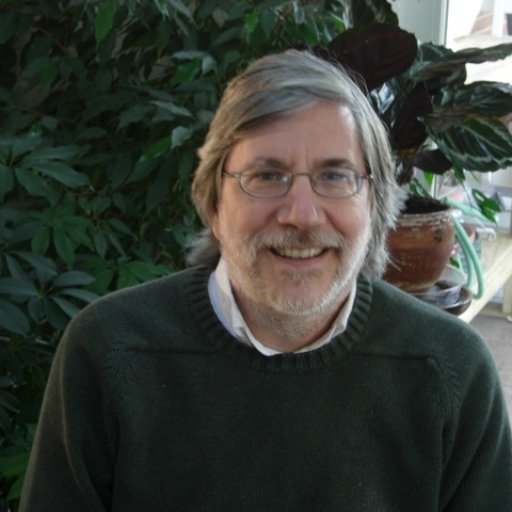

Roger Aldridge
@roger-aldridge
@roger-aldridge
Music for Mid-Size Jazz Ensemble

Duration: 00:23:52
Description:
Description:
This video presents six of my original compositions for mid-size jazz ensemble. Think of it as a virtual concert. The visuals are simple -- only title screens and one photo for each piece. Please focus on the music. Imagine that you are in an audience listening to a performance by a live band.
The compositions:
SALT MARSH RAG has an early jazz feeling and a good amount of humor. It is meant to be fun and something that is distinctly different for performers and audiences. While this rag draws upon American roots music and is intended to sound old, there is a playful juxtaposition of old and new.
BALTIMORE ROWHOUSE is an extended piece that is a tribute to the city. The music goes through a series of moods and settings. Serial techniques are used in subtle ways throughout the score and provide compositional structure. The piece strikes a balance between notation and improvisational freedom for both the soloists and the ensemble musicians.
SLEEPY CREEK SAMBA (named for Sleepy Creek Mountain in Morgan County, West Virginia) is a bright and happy piece written for friends in Berkeley Springs and dedicated to the Morgan Arts Council.
APPALACHIAN AWAKENING is an extended piece that expresses my love of the Appalachian Mountains. This is a highly unusual composition in how it combines bossa nova and Appalachian-style fiddle music. The two sections were composed as one piece, with the fiddle music emerging from the bossa nova. That is, they are not separate pieces that were put together.
Inspired by the tango, NEW TANGO NO. 1 is an abstract piece invoking dance movement as well as exploring movement in and out of time in the music. The soloist's part is entirely improvised. The rhythm section goes between time and free-time. The soloist cues the rhythm section on when to make time and harmonic changes. The background ensemble is in free-time with each note conducted. During solos the background ensemble can improvise interactions with the soloist. This piece is highly dependent upon the soloist and ensemble to bring the music to life and take the audience on a journey.
BLUES FOR LESTER is an extended piece with an eclectic blend of jazz (with a touch of Monk), funk, contemporary classical, and blues. It is an expression of my admiration for Lester Young, the great tenor saxophonist, who had many quirky qualities in his music. This piece draws upon aspects of Lester Young's playing that I admire and have internalized. This includes his horizontal approach to harmony, how he played around with time in his phrasing, used "wrong" notes (from a vertical chord perspective) at times, and had an audacious sense of humor. They are expressed in Blues For Lester in my own style.
The compositions:
SALT MARSH RAG has an early jazz feeling and a good amount of humor. It is meant to be fun and something that is distinctly different for performers and audiences. While this rag draws upon American roots music and is intended to sound old, there is a playful juxtaposition of old and new.
BALTIMORE ROWHOUSE is an extended piece that is a tribute to the city. The music goes through a series of moods and settings. Serial techniques are used in subtle ways throughout the score and provide compositional structure. The piece strikes a balance between notation and improvisational freedom for both the soloists and the ensemble musicians.
SLEEPY CREEK SAMBA (named for Sleepy Creek Mountain in Morgan County, West Virginia) is a bright and happy piece written for friends in Berkeley Springs and dedicated to the Morgan Arts Council.
APPALACHIAN AWAKENING is an extended piece that expresses my love of the Appalachian Mountains. This is a highly unusual composition in how it combines bossa nova and Appalachian-style fiddle music. The two sections were composed as one piece, with the fiddle music emerging from the bossa nova. That is, they are not separate pieces that were put together.
Inspired by the tango, NEW TANGO NO. 1 is an abstract piece invoking dance movement as well as exploring movement in and out of time in the music. The soloist's part is entirely improvised. The rhythm section goes between time and free-time. The soloist cues the rhythm section on when to make time and harmonic changes. The background ensemble is in free-time with each note conducted. During solos the background ensemble can improvise interactions with the soloist. This piece is highly dependent upon the soloist and ensemble to bring the music to life and take the audience on a journey.
BLUES FOR LESTER is an extended piece with an eclectic blend of jazz (with a touch of Monk), funk, contemporary classical, and blues. It is an expression of my admiration for Lester Young, the great tenor saxophonist, who had many quirky qualities in his music. This piece draws upon aspects of Lester Young's playing that I admire and have internalized. This includes his horizontal approach to harmony, how he played around with time in his phrasing, used "wrong" notes (from a vertical chord perspective) at times, and had an audacious sense of humor. They are expressed in Blues For Lester in my own style.
